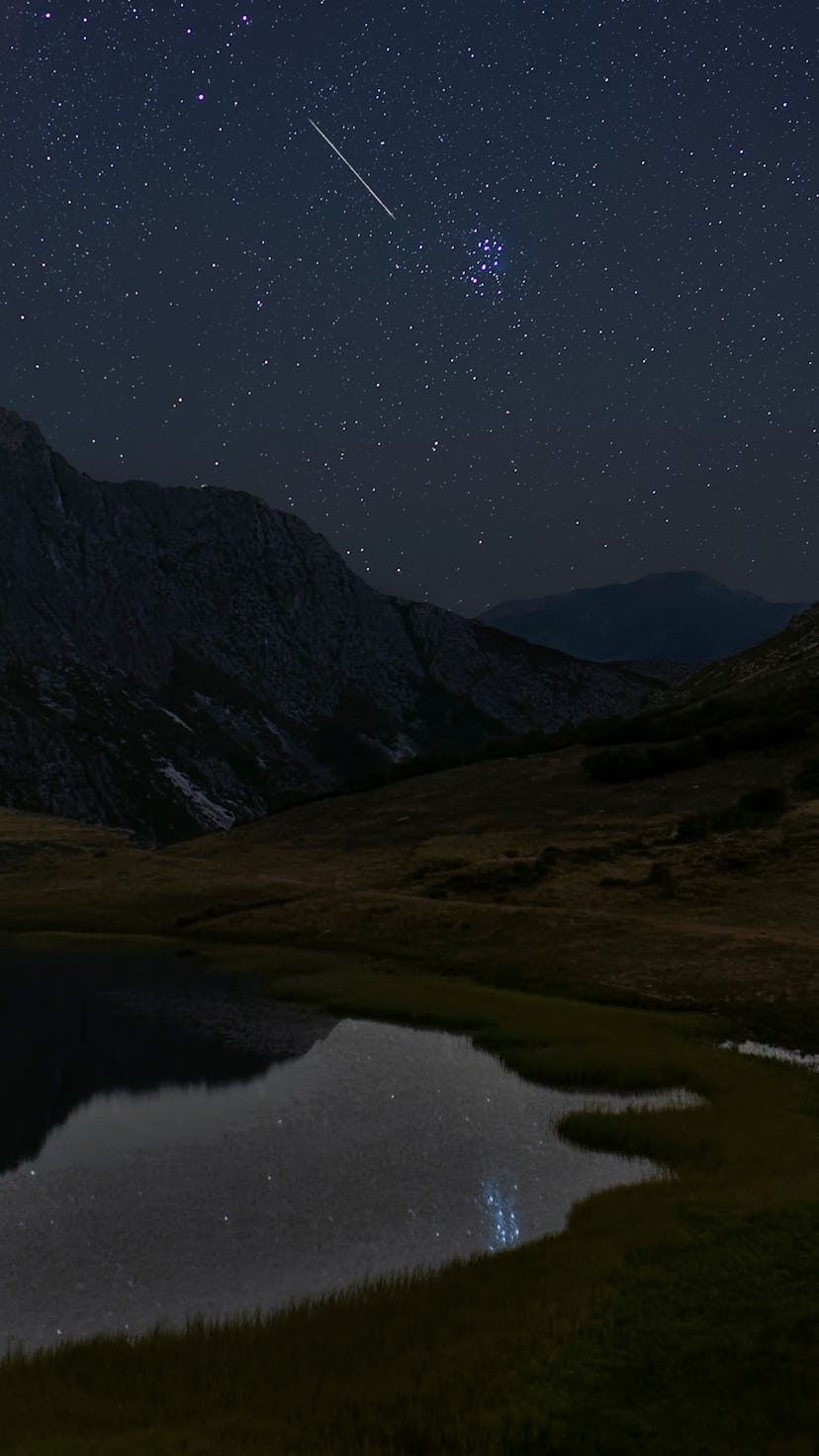The Magical, Wintry Ursids Meteor Shower Is About To Peak
Here’s everything you need to know to watch the Ursids meteor shower with your kids.

It’s time to mark your calendars again because another incredible meteor shower is about to reach its peak in just a few days.
This meteor shower, called the Ursids, has the potential to be a big show, producing as many as five to 10 meteors per hour. If catching these sky shows is a fun tradition with the kids, or you’re looking for something different to do this December as the holidays ramp up, here’s everything you need to know.
What are the Ursids meteors?
You're not alone if you’ve never heard of the Ursids meteor. This sky event is sandwiched between the popular Geminids meteor shower and the chaos holiday season, so it is an event that sometimes gets lost in the shuffle. To make matters worse, according to Space.com, it’s an often-neglected meteor shower because it takes place in the winter when it’s really cold. Fair enough!
The Ursids gets its name because they “appear to fan out from the vicinity of the bright orange star Kochab, the constellation of Ursa Minor, the Little Bear,” Space.com explains. The shower comes from the comet 8O/Tuttle, which circles the sun in a 13.6-year orbit, and what we see shooting through our sky is the dusty material shed from that comet.
The next time the 8P/Tuttle comet will return is March 2035, but the meteor shower is annual.
When will the Ursids meteor shower peak?
EarthSky.com notes that the Ursids meteor shower is active from December 13 to 24. However, the predicted peak is the evening of Thursday, December 22nd, 2022, into the early hours of December 23rd.
How can I watch the Ursids meteor shower?
Like all meteor showers, this one is best observed under a dark sky and away from any city light.
It’s wintertime, so it’s important to ensure you and the kiddos are dressed for the cooler weather. Since this meteor shower isn’t super active, you’ll have to plan to be outside for some time to get a better chance of catching a meteor shooting through the sky.
That’s the last meteor shower of 2022. The Quadrantid meteor shower is next for sky viewers, coming in early January 2023!